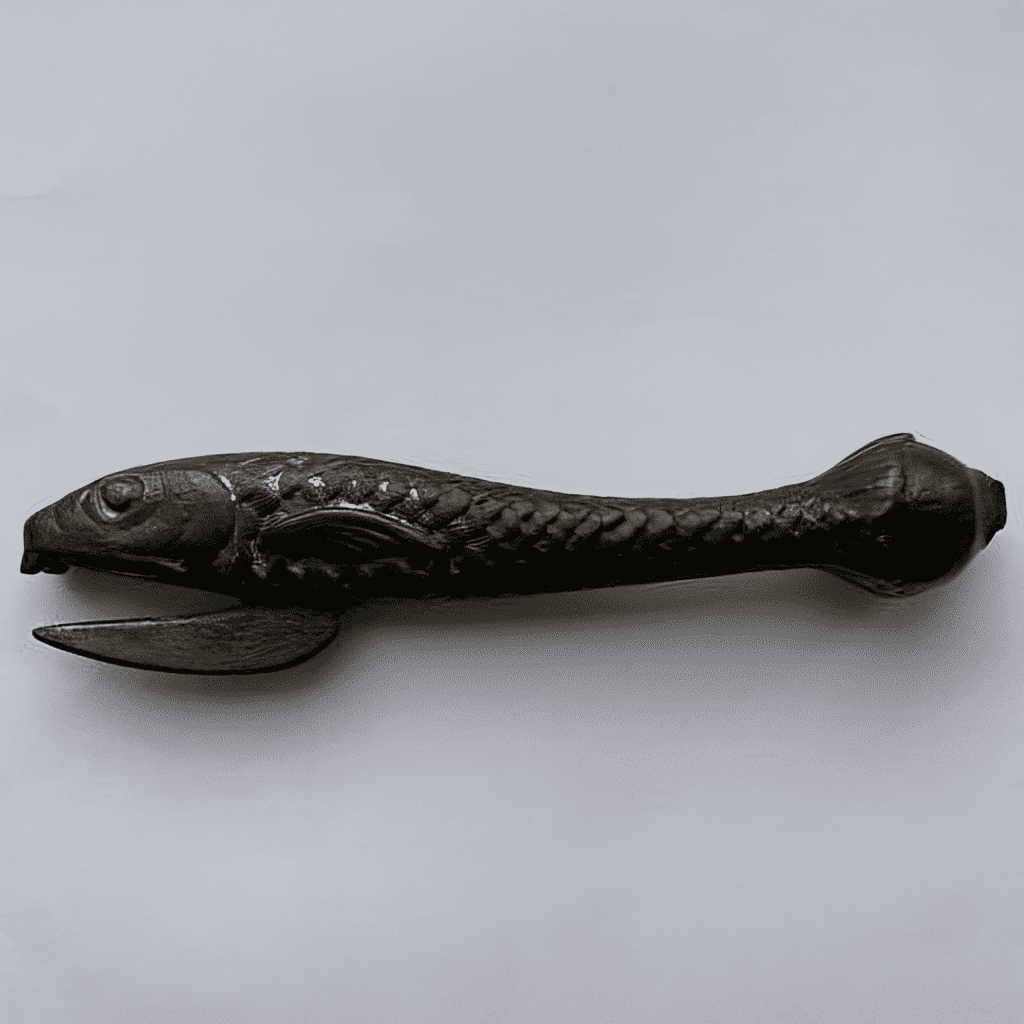The can opener is a tool we often take for granted, but its history is surprisingly rich and inventive. Its development is closely tied to the invention of the tin can, a revolutionary innovation in food preservation. While Peter Durand patented the first system for tinned metal food storage in 1810, a specific tool to open these metal containers wasn’t invented until decades later. The story of the can opener spans continents, wars, and industries, evolving from simple, crude instruments to the electric gadgets we use today.

The Early Days of Tin Cans and the Lack of Openers
In 1810, Peter Durand, a British entrepreneur, patented the use of tinned metal boxes for food storage. However, while his method revolutionized food preservation, it came with a significant drawback—there was no convenient way to open these sturdy containers. In the early days, instructions for opening cans were far from practical. For example, British explorer William E. Parry, during his 1824-1825 expedition to the Canadian Eastern Arctic, was told to use a hammer and chisel to cut open his canned goods. Clearly, this was not an ideal solution, but for years, it remained the standard.
The First Patented Can Opener (1855)
The first breakthrough came in 1855 when Robert Yates, a cutlery and surgical instruments manufacturer from Middlesex, England, designed and patented the first official can opener (UK Patent 1,577). Yates’ invention featured a straight handle with a curved blade and a lever mechanism, providing a simple, yet effective way to open cans. This early design marked the beginning of a long journey of innovations for this essential kitchen tool.
Ezra Warner’s Contribution and the Civil War (1858)
Meanwhile, in the United States, Ezra J. Warner of Waterbury, Connecticut, patented the first can opener in the USA in 1858 (US Patent 19,063). Warner’s design was more complex, featuring a curved handle, long bayonet blade, and a sliding shoe. It was primarily used by the Northern Army during the American Civil War, but the device was deemed too dangerous for domestic use due to its sharp blade. After the war, its production was largely discontinued.
The Rise of the Bull Head Can Opener (1865)
In 1865, the iconic Bull Head Can Opener emerged in England. This cast iron opener featured an artistic design resembling a bull’s head, with the handle fashioned to look like the animal’s tail. Though cumbersome, this tool became popular with the “Bully” brand of canned meats and remained in production until 1930. Its success even inspired a similar version known as the “Fish Head” can opener.
J. Osterhoudt’s Key System (1866)
One of the most enduring innovations came in 1866 when J. Osterhoudt patented a new method of opening cans using a simple key system (US Patent 58,554). This design allowed consumers to open cans by twisting a key attached to the lid, which would peel back a thin strip of metal around the can’s edge. This system, still in use today for canned fish and other products, was one of the simplest yet most effective designs in can opener history.
The Evolution of Rotating Can Openers (1870)
In 1870, another important leap in the development of can openers came with William W. Lyman’s invention of the circular rotating can opener (US Patent 105,346). Lyman’s model was designed to cut around the lid of the can using a rotating blade, but it required users to pierce the center of the lid first. Despite its somewhat cumbersome process, this rotating principle laid the groundwork for modern designs.
The Double Handle Design of the 1930s
By the 1930s, can opener designs had continued to evolve, with many models featuring double handles and wheel mechanisms for easier operation. Notable innovations included George W. Bungay’s 1932 patent (US Patent 1,864,573), which introduced a suction cup to prevent the cut lid from falling into the can. This era saw the widespread adoption of the now-familiar two-handled can opener, complete with a rotating blade.

Military Innovations: The P-38 Can Opener (1942)
One of the most significant military contributions to can opener design came during World War II with the invention of the P-38 can opener by the American military. This small, foldable tool, only 38 millimeters long, was designed to open military rations and was easy to carry in a pocket or on a keychain. Despite its simple design, the P-38 was highly effective and is still beloved by military personnel and campers alike. A slightly larger version, the P-51, was also produced for more significant rations.
The Advent of Electric Can Openers (1931 and 1956)
The first electric can opener was patented in 1931 by Preston C. West (US Patent 1,834,563). While it was capable of opening more than 20 cans per minute, it didn’t gain widespread popularity due to its complexity. However, electric models made a comeback in the 1950s, with California-based companies producing electric can openers for home kitchens. These devices revolutionized how cans were opened, making the process faster and more convenient.
Conclusion: From Primitive to Modern Convenience
The history of the can opener reflects the ingenuity and necessity behind the evolution of everyday tools. From its humble beginnings as a hammer-and-chisel operation to the advanced electric models of today, the can opener has undergone a remarkable transformation. Each invention—from Robert Yates’ first patented opener to the military P-38 and beyond—has contributed to the tool’s ongoing refinement.
While many of us may never think twice about the can opener in our kitchen drawer, its history is a testament to human creativity and the drive to solve even the simplest of problems. So, next time you open a can, take a moment to appreciate the long road of innovation that brought you this essential tool.


